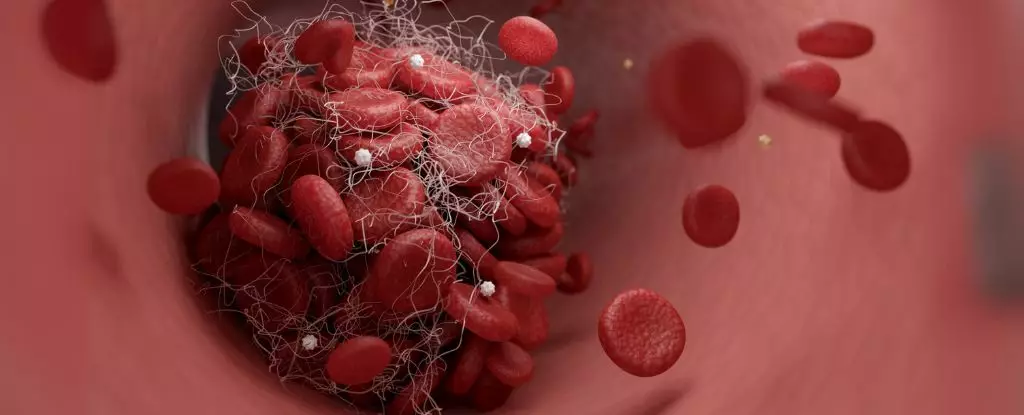In modern health conversations, stroke often lurks in the shadows, underestimated and under-discussed, despite its status as one of the foremost causes of mortality and disability. For those working within neurocritical care, the effects of stroke are not just theoretical but lived experiences encountered daily. Transitioning from nursing to research has illuminated my journey to understanding how important it is that we increase awareness about stroke, particularly within communities that are often left vulnerable due to lack of knowledge about risk factors and prevention techniques.
Stroke risk is falsely perceived as a condition solely affecting the elderly. Although age does indeed heighten vulnerability, an alarming trend has emerged: younger adults ages 18 to 55 are increasingly experiencing strokes. This shift should serve as a wake-up call for society. It is imperative to shake the stereotype that stroke is merely an issue for the aged, recognizing that it permeates across all demographics.
The Rising Tide of Young Strokes: A Call to Action
It’s crucial to unpack what contributes to this alarming trend among the younger population. Risk factors traditionally associated with older individuals—hypertension, obesity, diabetes, and high cholesterol—are being increasingly observed in younger adults. A poor diet, sedentary lifestyles, and recreational drug use are exacerbating the issue. With lifestyles shifting towards convenience and instant gratification, healthy habits are often sacrificed, contributing to health crises that could potentially lead to strokes, particularly in individuals who have additional inherited or unique risks.
Furthermore, it’s essential to highlight the unique vulnerability of women. The intersection of gender-related biological risks—such as the hormonal fluctuations related to pregnancy and various birth control methods—requires more attention. Studies have consistently shown that women are more likely to suffer catastrophic strokes than men. Given that high-risk factors often go unnoticed or unaddressed, it becomes apparent that public education must cater specifically to women’s health issues related to stroke.
The Societal Divide: Stroke and Socioeconomic Status
Beyond biological factors, socioeconomic status plays a critical role in stroke risk. Studies elucidate the stark reality: impoverished communities frequently carry a heavier burden of health risks, including stroke. This is not merely due to financial constraints but is compounded by limited access to quality healthcare, nutritional food, and health education. Inadequate healthcare leads to a cycle where preventive measures are either unknown or inaccessible, further exacerbating risk factors within vulnerable populations.
Addressing these disparities is vital. Public health initiatives must focus on educational outreach within lower-income communities, providing resources that empower individuals with the knowledge to prioritize their health. Community engagement, combined with accessible healthcare, is pivotal in breaking this vicious cycle.
Transformative Lifestyle Changes: The Path to Prevention
Understanding stroke risk factors is only part of the equation; it is equally crucial to explore preventative measures that can be taken immediately. Simple lifestyle choices play a monumental role in reducing stroke risk:
1. Banish the Habit of Smoking: The negative impact of smoking is irrefutable. Smokers face a more than two-fold risk for strokes and should prioritize cessation, as it significantly lowers numerous health risks while improving overall well-being.
2. Monitor Blood Pressure: Regular blood pressure checks are essential. High blood pressure weakens blood vessels, increasing their susceptibility to blockages. Ideally, adopting a lifestyle that incorporates stress management, balanced nutrition, and physical activity can help maintain healthy blood pressure levels.
3. Cholesterol Awareness: Ignoring high cholesterol can be perilous. A concerted effort to follow a heart-healthy diet packed with unsaturated fats and an active lifestyle can yield substantial benefits in reducing stroke incidence.
4. Sugar Savvy: Maintaining balanced blood sugar levels is another critical step toward mitigating stroke risk. Regular exercise and mindful dietary choices can assist in regulating blood glucose levels effectively.
5. Weight Management: Striving to maintain a healthy weight directly correlates with lowered stroke risk. Being overweight or obese has links to a significantly higher risk factor—by understanding and implementing weight management strategies, the likelihood of a stroke can be dramatically diminished.
6. Adopting a Mediterranean Diet: Emphasizing whole foods, healthy fats from olives and nuts, and a plethora of fruits and vegetables can work wonders for heart and brain health, emerging as one of the most effective dietary patterns for preventing strokes.
7. Prioritize Quality Sleep: Sleep is not a luxury but a necessity for stroke prevention. Adequate, restorative sleep fosters better heart health and balances blood pressure.
8. Stay Physically Active: The benefits of regular physical activity cannot be overstated. Incorporating movement into daily routines in a steady, consistent manner enhances overall health and decreases stroke risks significantly.
By adopting these lifestyle changes, individuals not only lay down a pathway for better health but also send a resounding message that stroke is preventable. The collective effort to enhance awareness and education about stroke can empower communities, thereby creating a culture that actively fights against this silent patient.


Leave a Reply